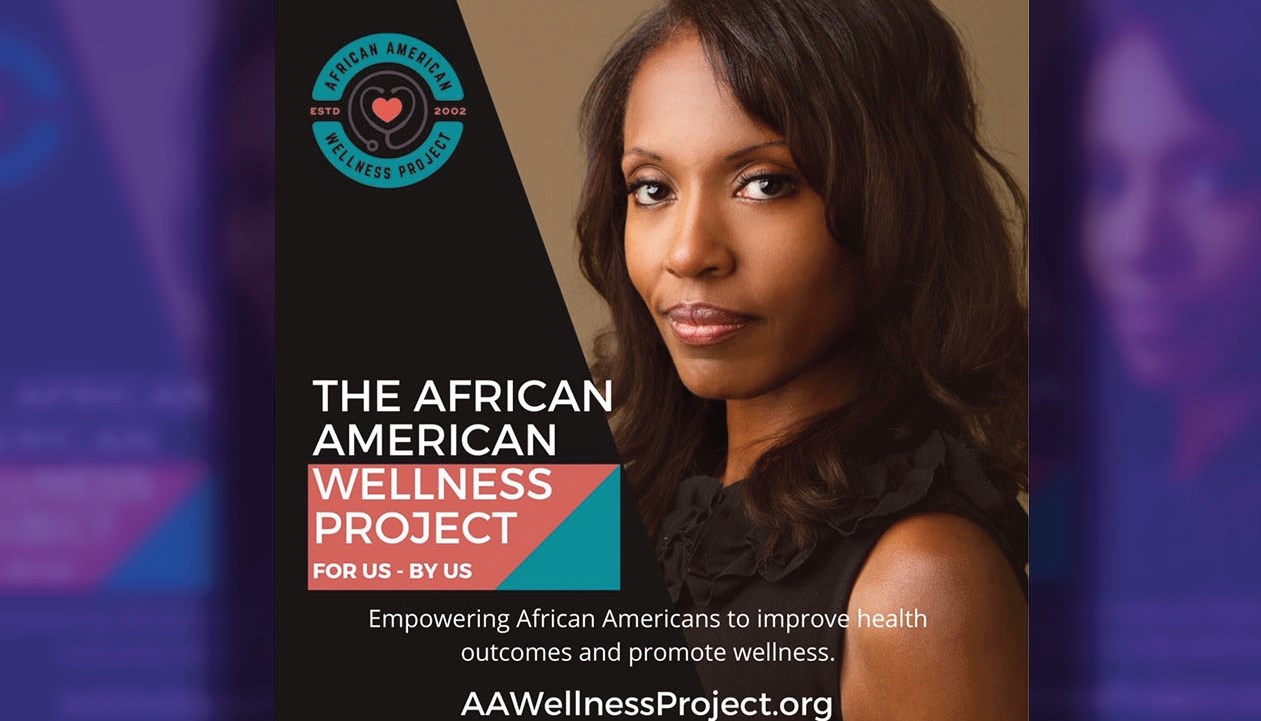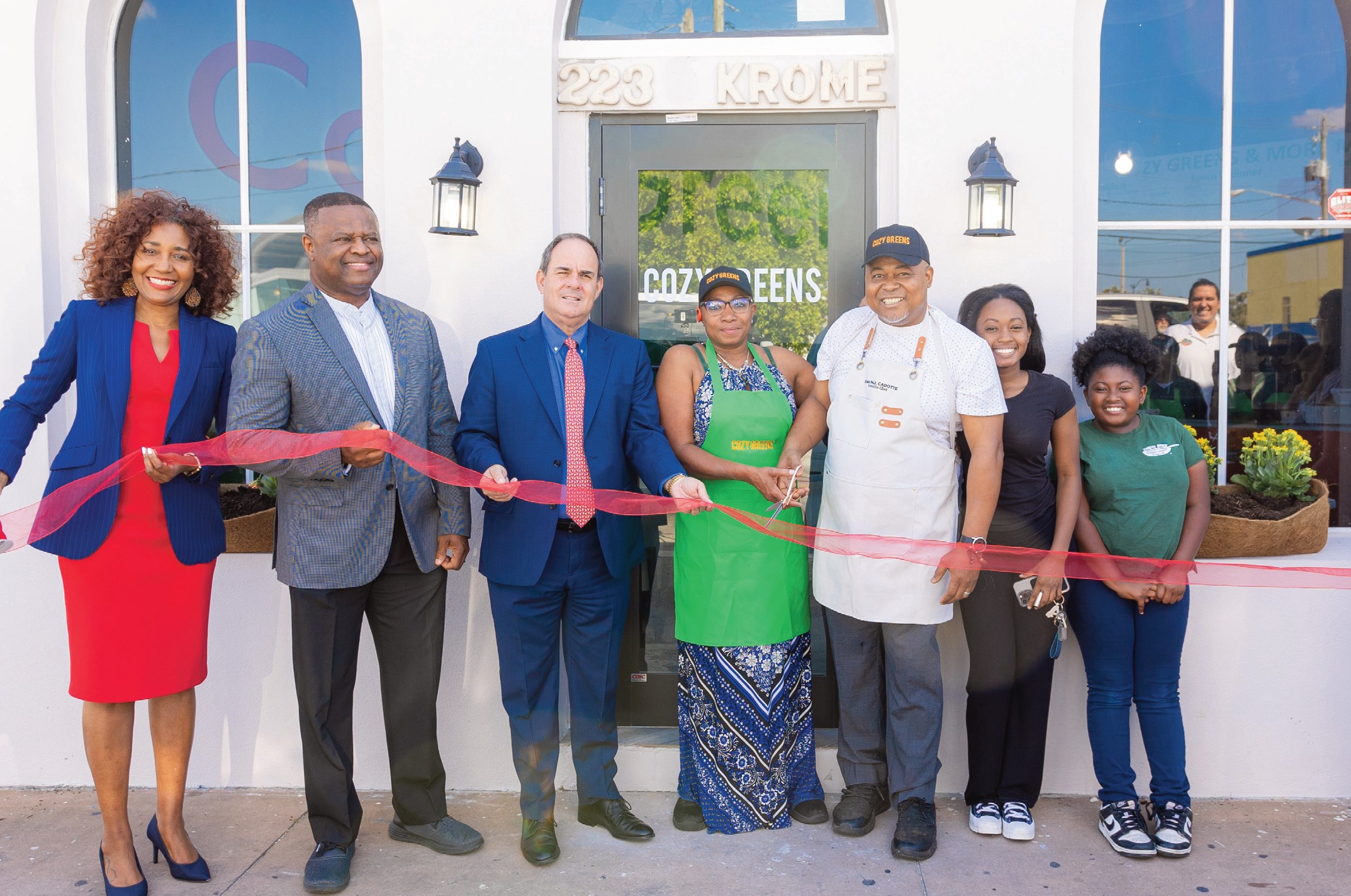 NEW YORK (AP) — Cell phone companies are about to barrage consumers with advertising for the next advance in wireless network technology: “4G” access. The companies are promising faster speeds and the thrill of being the first on the block to use a new acronym.
NEW YORK (AP) — Cell phone companies are about to barrage consumers with advertising for the next advance in wireless network technology: “4G” access. The companies are promising faster speeds and the thrill of being the first on the block to use a new acronym.
But there's less to 4G than meets the eye, and there's little reason for people to scramble for it, at least for the next few years.
Sprint Nextel Corp. is the first carrier to beat the drum for fourth-generation wireless technology. It's releasing its first 4G phone, the EVO, this week.
In the fall, Verizon Wireless will be firing up its 4G network in 25 to 30 cities, and probably will make a big deal of that. A smaller provider, Dallas-based MetroPCS Communications Inc., is scheduled to introduce its first 4G phone around the same time.
So what is 4G?
Broadly speaking, it's a new way to use the airwaves, designed from the start for the transmission of data rather than phone calls. To do that, it borrows aspects of the latest generation of Wi-Fi, the short-range wireless technology.
For consumers, 4G means, in the ideal case, faster access to data. For instance, streaming video might work better, with less stuttering and higher resolution.
Videoconferencing is difficult on 3G and might work better on 4G. Multiplayer video games may benefit too.
Other than that, it's difficult to point to completely new uses for 4G phones — things they can do that 3G phones can't.
Instead, the upgrade to 4G is more likely to enhance the things you can already do with 3G, said Matt Carter, president of Sprint's 4G division.
“View it as the difference between watching regular TV and high-definition TV,” Carter said.
So the improvement from 3G to 4G is not as dramatic as the step from 2G to 3G, which for the first time made real Web browsing, video and music downloads practical on phones. The introduction of 3G started in earnest about five years ago, but it isn't complete — AT&T Inc. and T-Mobile USA still have little rural 3G coverage, for instance.
There's an important caveat to the claim that 4G will be faster, as well. It will definitely be faster than the 3G networks of Sprint and Verizon Wireless — about four times faster, initially. But the other two national carriers, AT&T and T-Mobile, are upgrading their 3G networks to offer data-transfer speeds that will actually be higher than the speeds 4G networks will reach this year or next.
That means that rather than focusing on real speeds, Sprint and Verizon will try to frame their marketing around the “4G” term, said Dan Hays, who focuses on telecommunications at management consulting firm PRTM.
“It's a terrible story from a consumer standpoint, because it's tremendously confusing,” he said.
AT&T and T-Mobile are able to upgrade their 3G networks because they use a different 3G technology than Verizon and Sprint, which have maxed out their 3G speeds. Taking the step to 4G is natural for Verizon and Sprint, especially because they have new chunks of the radio spectrum that they want to take advantage of.
The fact that Verizon Wireless and Sprint are adding fresh spectrum may be more important than the fact that they are using it for 4G service. No matter if used for 4G or 3G, new spectrum means the companies can accommodate more data-hungry devices such as smart phones.
Dallas-based AT&T's network is already staggering under data congestion caused by the iPhone in New York and San Francisco. The carrier has made relieving the congestion a top priority this year, and its 3G upgrades are part of that process. (As an aside, there is a lot of talk of a coming “iPhone 4G.” Apple Inc. will most likely release the fourth generation of the iPhone for AT&T's network this summer, but it's virtually certain that it will not be able to use a 4G wireless network. It likely won't be called the “iPhone 4G” either.)
Photo: Sprint HTC EVO












No Comment